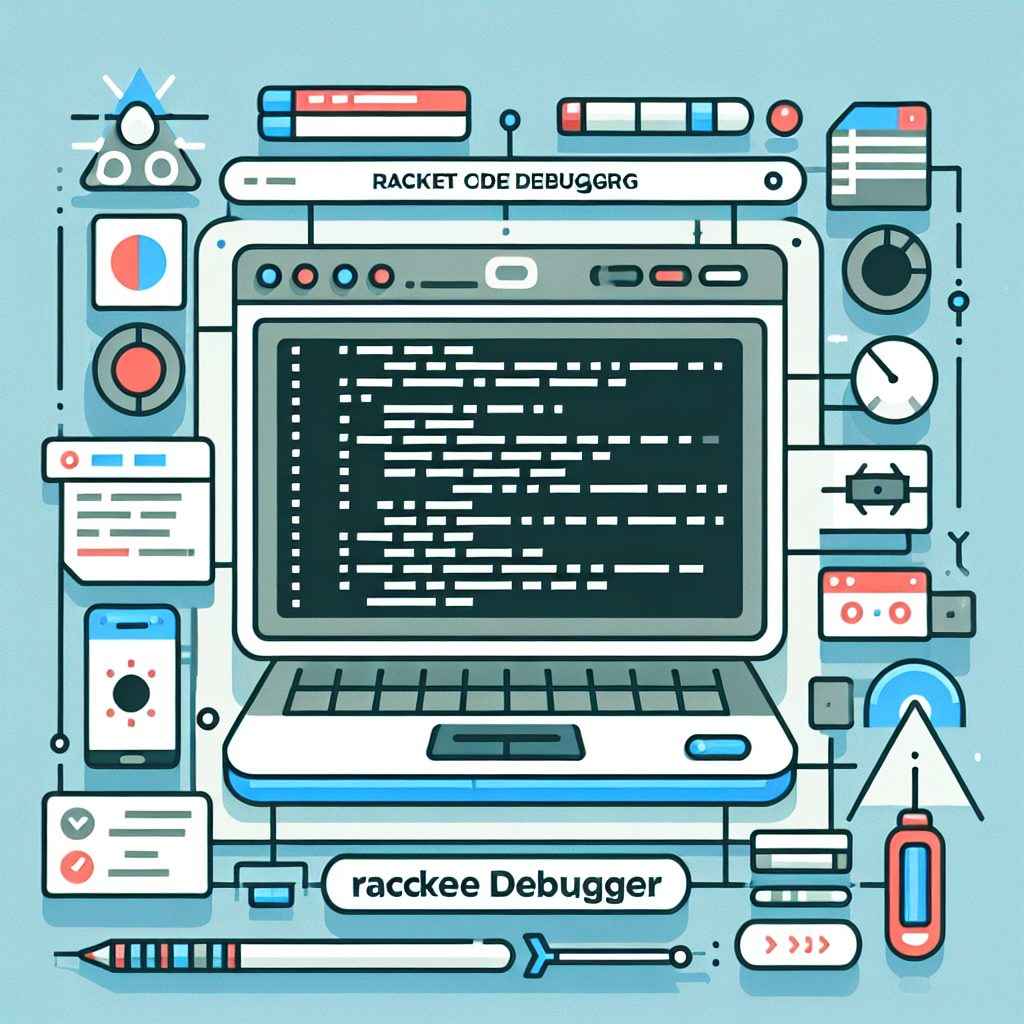Optimize Racket Code: Powerful Debugger Tool Online
Unlock seamless coding with our Racket Code Debugger. Simplify troubleshooting, enhance efficiency, and boost performance with our intuitive debugging tools.
Code to Debug
Debug Results
Output will appear here...
The Racket Code Debugger is an essential tool for developers, designed to streamline the debugging process in Racket programming. This powerful debugger aids in identifying and fixing code errors efficiently, enhancing productivity and code quality. Ideal for both beginners and seasoned programmers, it supports real-time error tracking and step-by-step execution, making it an indispensable asset for Racket development.

Racket Code Debugger: Optimize Your Racket Programming Link to this section #
The Racket Code Debugger is an essential tool for developers working with the Racket programming language. It streamlines the process of identifying and fixing bugs, ensuring efficient code execution and enhanced performance. Here’s how the Racket Code Debugger can elevate your programming experience:
Key Features Link to this section #
- Breakpoints: Pause execution at specific points to inspect variables and program flow.
- Step Execution: Step through the code line-by-line for granular debugging.
- Variable Inspection: View and modify variable values during runtime to understand program state.
- Backtrace: Analyze function calls leading up to an error for quick identification of issues.
Why Use a Racket Debugger? Link to this section #
- Error Identification: Quickly locate syntax errors and runtime exceptions.
- Performance Optimization: Identify bottlenecks by analyzing execution flow.
- Logical Verification: Ensure that your algorithms work as intended by observing their real-time behavior.
How to Implement Link to this section #
To use the Racket Debugger, include the following in your code:
(require racket/debug)
Set breakpoints and begin debugging with ease, leveraging the tool’s intuitive interface and comprehensive documentation.
Additional Resources Link to this section #
- Racket Documentation provides extensive guides and examples.
- Explore DrRacket, an IDE with integrated debugging tools.
The Racket Code Debugger is indispensable for any developer aiming to write robust and efficient Racket programs. By incorporating LSI keywords such as "program flow analysis," "runtime inspection," and "debugging tools," you can enhance the discoverability and effectiveness of your debugging practices.
Frequently Asked Questions
What is the Racket code debugger used for?
The Racket code debugger is used to help developers identify and fix errors or bugs in their Racket programs by allowing them to step through the code, set breakpoints, and inspect variables at runtime.
How do I start debugging a Racket program?
To start debugging a Racket program, you can use the DrRacket IDE, which includes a built-in debugger. Simply open your program in DrRacket, set breakpoints by clicking on the line numbers, and use the 'Debug' button to start the debugging session.
Can I debug Racket code without using DrRacket?
Yes, you can debug Racket code without using DrRacket by using the command line tools such as 'racket -l errortrace -t your-script.rkt', which provides a stack trace and other debugging information. However, the graphical interface in DrRacket offers a more user-friendly debugging experience.